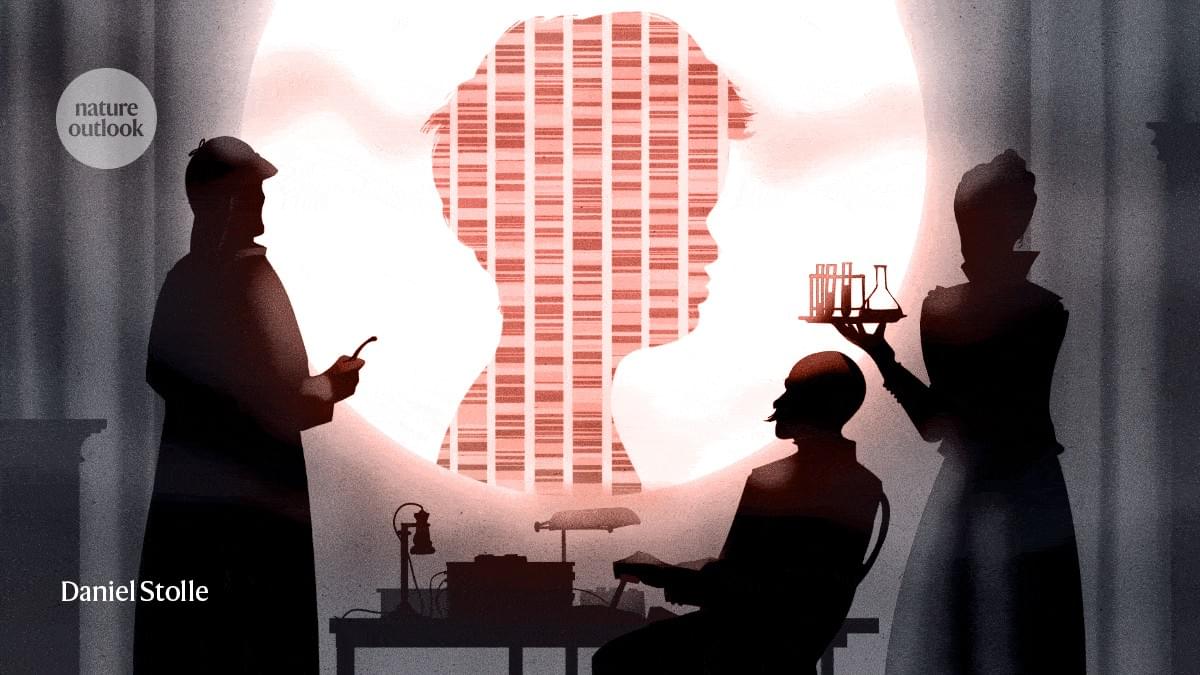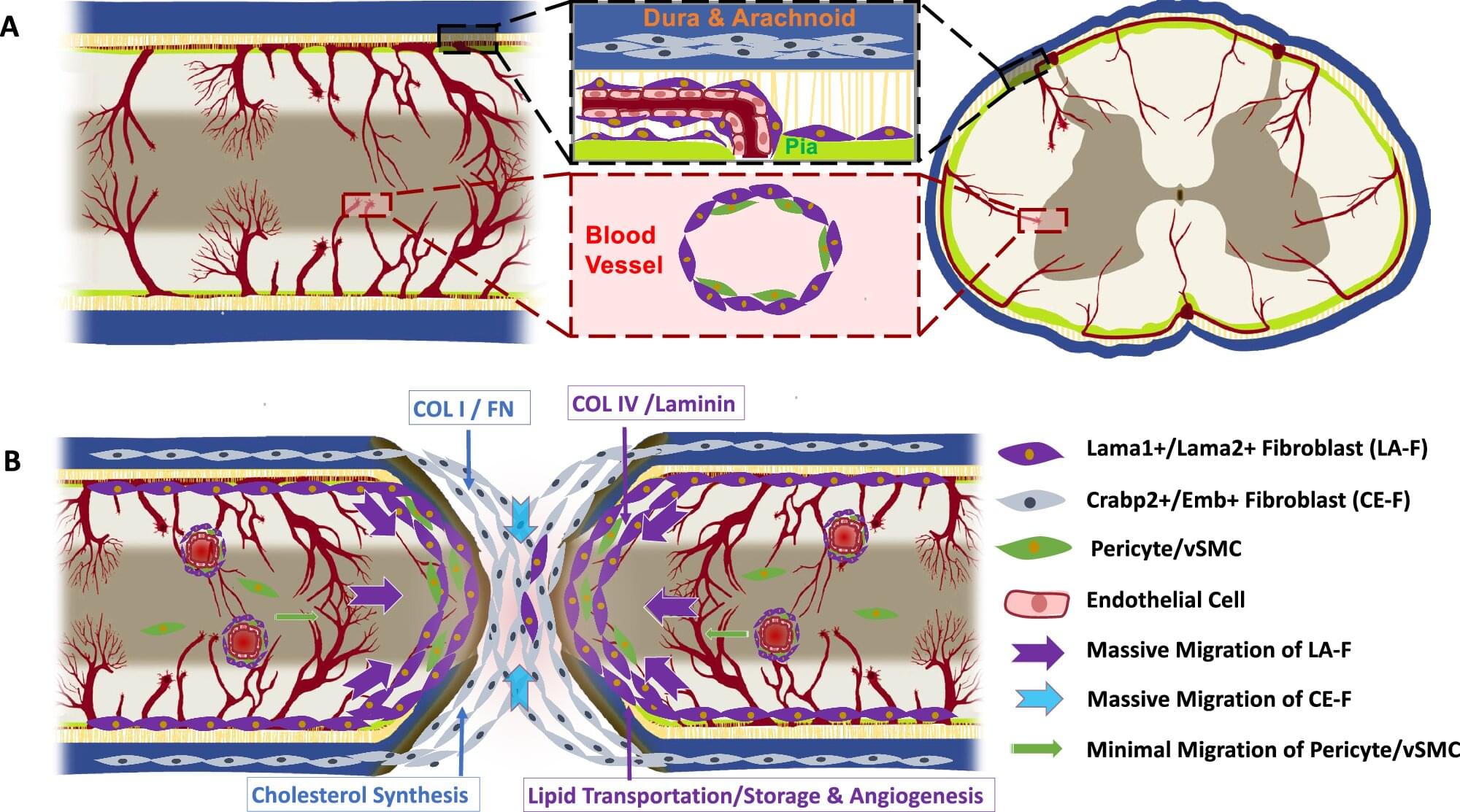In research published in New Phytologist, investigators reveal that tomato ripening is regulated by the same mechanism that contributes to humans’ and animals’ life-and health spans.
The mechanism, called autophagy, regulates cellular recycling and operates in all lifeforms apart from bacteria. This latest work shows that autophagy affects tomato fruit ripening by controlling the production of ethylene. Ethylene is the primary hormone that controls ripening in many fruits such as apples, bananas, mangoes, avocados, and tomatoes.
To assess the role of autophagy in ripening, the team of researchers from the Volcani Institute, in Israel, and the University of Tübingen, in Germany, generated tomato plants that allow a temporal genetic repression of autophagy, specifically in mature non-ripe fruits.







